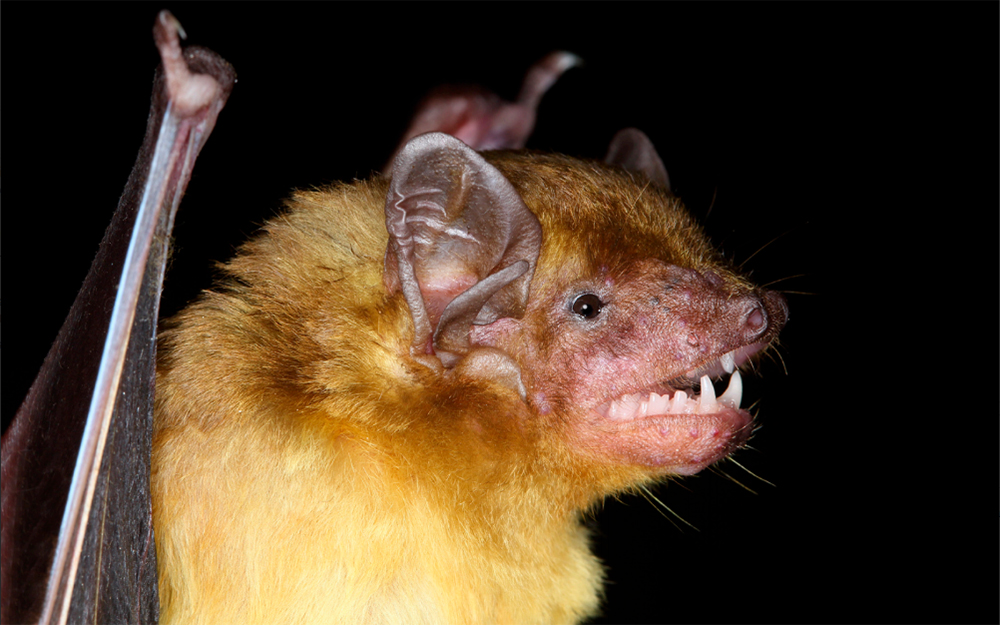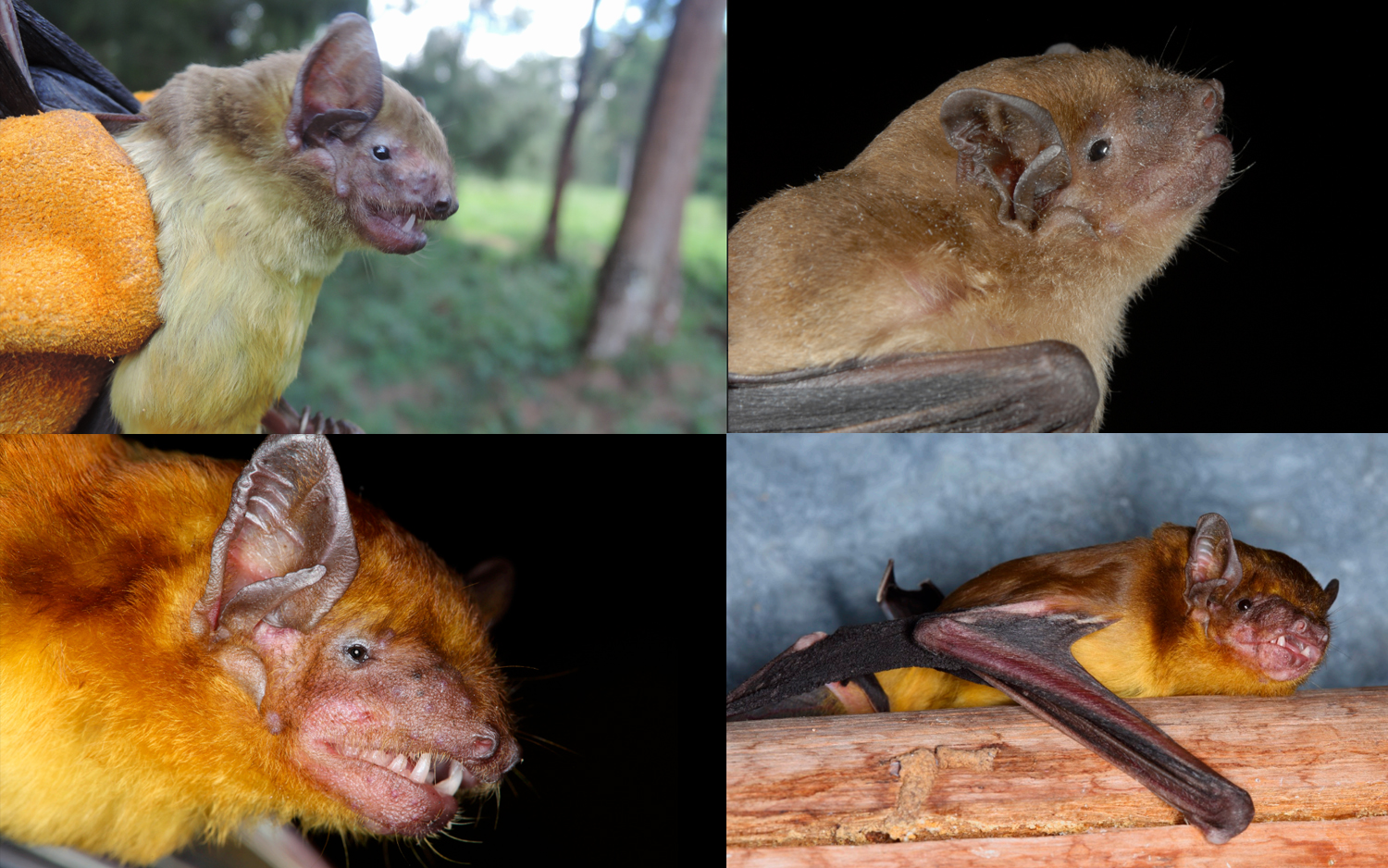2 Lemon-Yellow Bat Species Discovered in Africa. And They're Adorable Fuzz Balls.

Two newfound species of bats recently discovered in Kenya are endearing, lemon-colored fuzzballs. But scientists aren't interested in these bats just for their flashy colors; the animals also provide important clues about some very tangled branches in the bat family tree.
Bats in the genus Scotophilus (skuh-TOE-fill-us), also known as African yellow house bats, live close to humans, typically nesting in the eaves and rafters of people's homes. Scientists discovered the first Scotophilus species nearly 200 years ago; since then, 21 species have been described across Africa and Southeast Asia, with 13 species native to the African continent — but the number of African species could be as high as 15, researchers reported in a new study. [Flying Mammals: Gallery of Spooky Bats]
And they aren't all dressed in yellow; these insect-eating bats, which can weigh up to 3 ounces (85 grams), have bellies tinted in a range of colors, from white to brown to an orange-gold, study co-author Bruce Patterson, the MacArthur curator of mammals at the Field Museum of Natural History (FMNH) in Chicago, told Live Science.
But because different Scotophilus species can look very much alike, determining where the different species are found and how many species inhabit a given region has been difficult, lead study author Terrence Demos, a postdoctoral researcher with FMNH's Integrative Research Center, told Live Science in an email.
To complicate things even further, some of the known bat species were given scientific names despite having incomplete analyses, and other species received duplicate names, Patterson explained.

The researchers gathered DNA from skin samples taken from bats in Kenya, using their data to organize known species and subspecies (populations that are genetically similar, but geographically isolated). In addition to unraveling some of the knotty relationships among African yellow house bats, their analysis uncovered two previously unknown species, the authors wrote in the study.
Based on their discoveries about this diverse, understudied group, further DNA tests across a wider sampling of bats could reveal even more new species of yellow house bats distributed over the continent, Demos added.
Sign up for the Live Science daily newsletter now
Get the world’s most fascinating discoveries delivered straight to your inbox.
The findings were published online July 11 in the journal Frontiers in Evolution and Ecology.
Original article on Live Science.

Mindy Weisberger is an editor at Scholastic and a former Live Science channel editor and senior writer. She has reported on general science, covering climate change, paleontology, biology and space. Mindy studied film at Columbia University; prior to Live Science she produced, wrote and directed media for the American Museum of Natural History in New York City. Her videos about dinosaurs, astrophysics, biodiversity and evolution appear in museums and science centers worldwide, earning awards such as the CINE Golden Eagle and the Communicator Award of Excellence. Her writing has also appeared in Scientific American, The Washington Post and How It Works Magazine. Her book "Rise of the Zombie Bugs: The Surprising Science of Parasitic Mind Control" will be published in spring 2025 by Johns Hopkins University Press.









